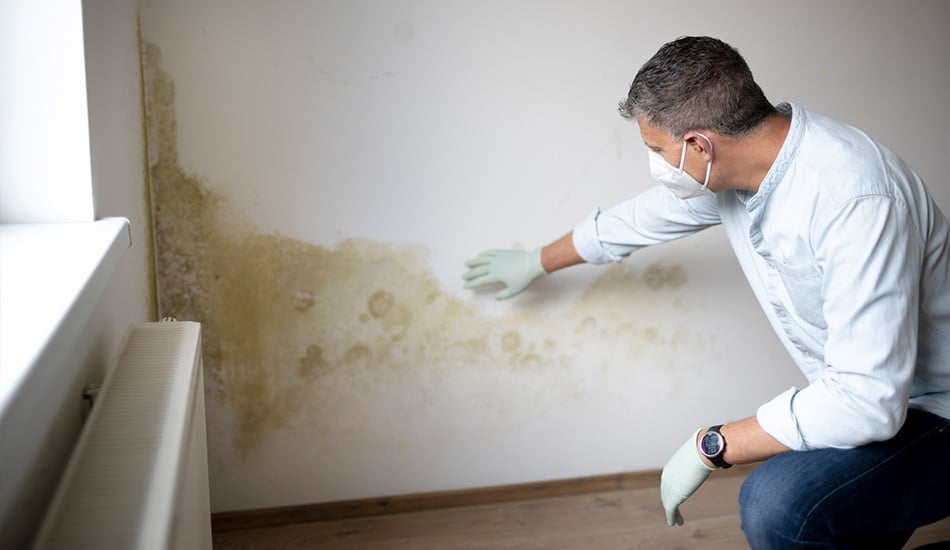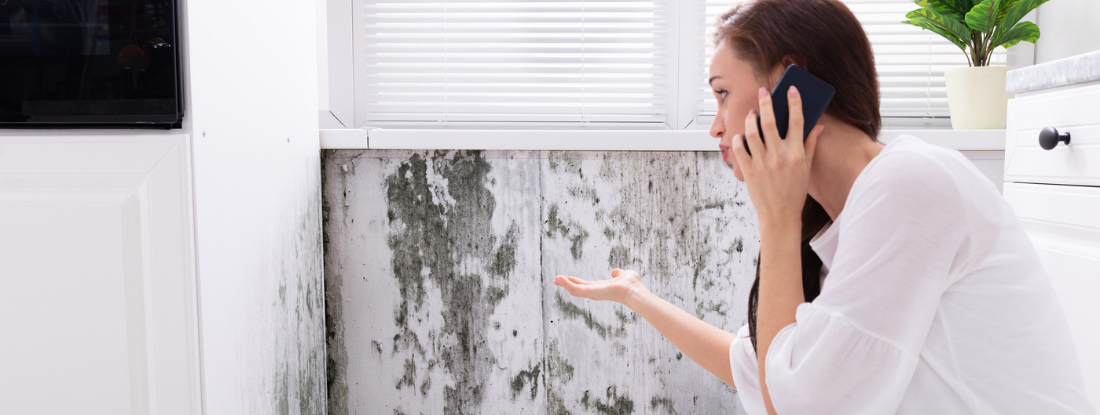Secret Steps for Effective Blog Post Mold And Mildew Removal
Attending to mold concerns in a timely and reliable way is essential for keeping a healthy and balanced indoor environment. Successfully completing mold and mildew removal is a diverse procedure that needs attention to detail and adherence to particular protocols. From evaluating dealt with locations to carrying out dampness control measures, each action plays a critical function in making sure the efficiency of the removal procedure. There are key post-remediation steps that are just as crucial but usually neglected. These steps not just confirm the success of the remediation efforts yet additionally add to avoiding future mold growth.
Assessment of Treated Areas
Upon completion of the mold and mildew remediation process, a detailed assessment of the treated areas is essential to ensure the efficiency of the remediation efforts. This evaluation functions as an essential action in the post-remediation phase to validate that the mold and mildew removal and cleanup treatments succeeded in removing the mold and mildew invasion and restoring a safe indoor setting. The assessment ought to be conducted by qualified experts who have the know-how to examine the remediated locations meticulously.
During the inspection, different variables are assessed to identify the success of the remediation process. These include aesthetic analyses to look for any kind of indicators of mold growth or water damage, wetness degrees to validate that the area is free and dry of excess moisture that might advertise mold re-growth, and air top quality screening to guarantee that the interior air is risk-free to breathe. In addition, the examination may include using specialized devices such as dampness meters and thermal imaging cameras to discover concealed mold and mildew or wetness pockets that might lead to future mold and mildew issues if left unattended. Overall, a detailed inspection of the treated areas is essential to verify the effectiveness of the mold remediation initiatives and give satisfaction to the owners of the building.

Moisture Control Steps
Reliable moisture control procedures are crucial for avoiding mold and mildew development and preserving a healthy indoor setting. In addition, utilizing dehumidifiers in moist locations can help decrease humidity degrees, making it harder for mold to flourish.
Regularly inspecting and maintaining the building's exterior can likewise stop dampness invasion. Post remediation mold testing near me. Making sure that gutters are clear, downspouts direct water away from the foundation, and the roofing is in excellent problem can help protect against water from leaking right into the structure. Appropriately securing doors and home windows can likewise aid maintain moisture out
Any kind of leaks or spills must be cleansed and dried within 24-48 hours to avoid mold and mildew growth. By executing these dampness control actions, the risk of mold and mildew repeating can be significantly decreased, creating a healthier indoor environment.
Appropriate Air Flow Evaluation
An important element of guaranteeing a healthy and balanced indoor environment message mold and mildew removal is performing a detailed evaluation of the ventilation system. After mold remediation. Correct air flow evaluation plays a crucial role in protecting against future mold growth and maintaining air quality within the afflicted space. Throughout the analysis, specialists examine the effectiveness of the ventilation system, examining for any blockages, leaks, or breakdowns that might prevent correct air flow. It is essential to make sure that the ventilation system is effectively sized for the room it offers which it meets sector criteria for Click Here air exchange prices.
Moreover, analyzing the air flow system includes analyzing the distribution of air throughout the location to identify any locations of poor blood circulation where dampness and pollutants might gather. Correct air flow not just helps in managing humidity degrees yet also help in eliminating air-borne mold and mildew spores and various other contaminants, thereby improving total interior air quality. By attending to any ventilation issues publish mold removal, residential property owners can produce a healthier and extra comfy environment for owners while lowering the risk of mold re-infestation.
Cleansing and Disinfection Protocols
To ensure comprehensive mold removal, thorough adherence to specific cleaning and sanitation procedures is essential. Cleaning up and sanitation protocols play an essential duty in the post-mold removal phase to prevent the reappearance of mold and mildew growth and make sure a safe and healthy environment. The very first step in this procedure is the removal of any noticeable mold and mildew growth making use of suitable cleaning representatives and methods. It is necessary to utilize EPA-approved fungicides and disinfectants to efficiently remove mold and mildew spores and prevent their regrowth.
Additionally, carrying out preventative actions such as applying mold and mildew inhibitors and maintaining proper ventilation can assist minimize the risk of future mold and mildew problems. By adhering to strict cleansing and disinfection procedures, building proprietors can make sure the effective obliteration of mold and produce a healthy indoor setting for occupants.
Tracking and Maintenance Plan
Executing a regular monitoring and upkeep plan is vital for making certain the long-lasting effectiveness of mold and mildew removal initiatives. When mold remediation is finished, it is essential to establish a surveillance routine to evaluate the success of the remediation process. This includes consistently evaluating the formerly impacted areas for any kind of signs of mold reoccurrence or water damage. By performing routine checks, any brand-new mold development can be quickly determined and addressed, protecting against a reoccurrence of the preliminary trouble.
Furthermore, creating a maintenance plan is essential to avoid future mold concerns. This plan might include activities such as dealing with plumbing leaks, improving air flow, and regulating interior humidity degrees. Routine maintenance not just helps in preventing mold and mildew yet likewise adds to maintaining a healthy and balanced indoor setting. It is a good idea to record all monitoring and upkeep tasks to track progression and make sure consistency in the maintenance of the remediated areas. By executing a comprehensive surveillance and maintenance strategy, the threat of mold and mildew re-emergence look at this web-site can be substantially minimized, advertising a secure and tidy living or working environment.
Verdict
Finally, effective blog post remove mold on face mold remediation entails complete inspection of treated areas, execution of moisture control actions, evaluation of correct ventilation, adherence to cleaning and disinfection protocols, and facility of a surveillance and upkeep strategy. These key steps are important to ensure that mold and mildew development is properly eliminated and stopped from repeating in the future. By adhering to these standards, homeowner can maintain a healthy and safe environment for passengers.
Upon conclusion of the mold remediation procedure, a comprehensive examination of the dealt with locations is necessary to make certain the effectiveness of the remediation efforts. These consist of visual analyses to examine for any type of indications of mold growth or water damage, wetness degrees to verify that the area is completely dry and totally free of excess humidity that can promote mold and mildew re-growth, and air top quality screening to ensure that the indoor air is safe to breathe. In addition, the examination may involve utilizing specialized tools such as dampness meters and thermal imaging cameras to discover hidden mold or wetness pockets that could lead to future mold troubles if left uncontrolled. By addressing any kind of air flow concerns post mold remediation, building proprietors can produce a healthier and much more comfortable atmosphere for occupants while decreasing the risk of mold re-infestation.
